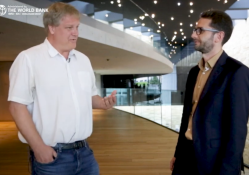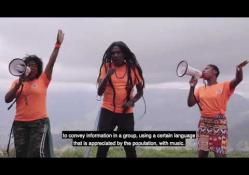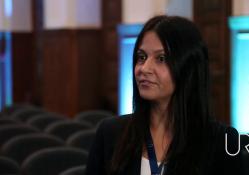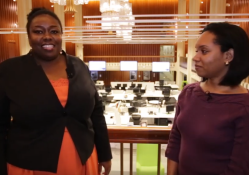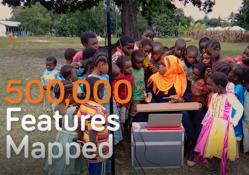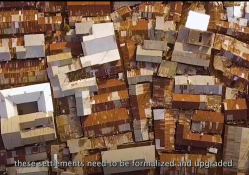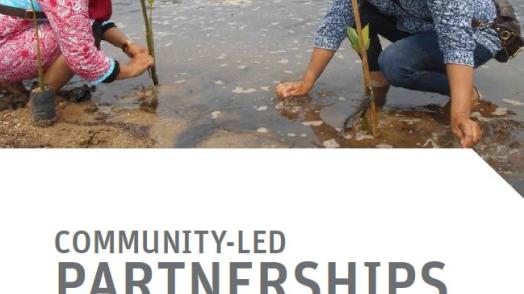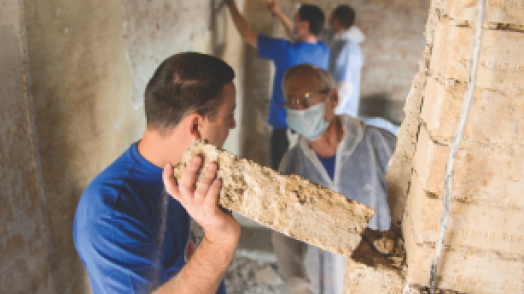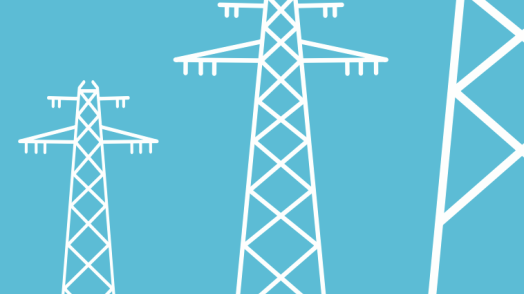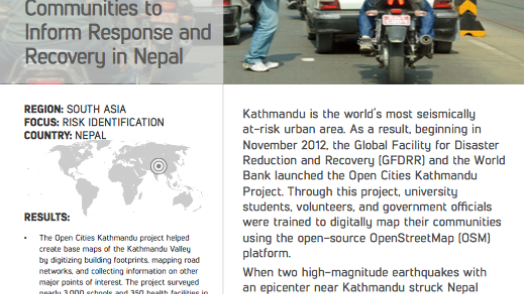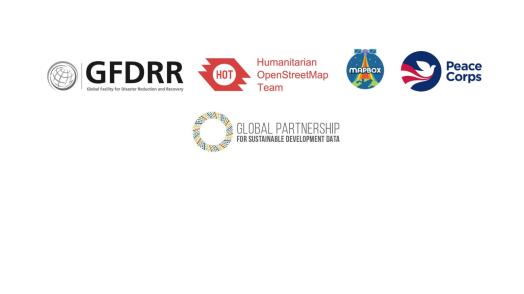GFDRR’s Role in Advancing Locally Led Adaptation
GFDRR supports Locally Led Adaptation (LLA) as a core strategy for building inclusive and sustainable resilience. Working through World Bank operations and in close collaboration with client governments, GFDRR provides demand-driven technical assistance, grants, and advisory support to help integrate LLA into disaster and climate resilience efforts. Its approach focuses on strengthening local institutions, embedding local perspectives in project design, and enabling innovative delivery mechanisms—such as community-based planning, local funds, and inclusive early warning systems. By acting as a catalyst within World Bank-financed operations, GFDRR helps ensure that adaptation is not only locally informed, but also scalable, responsive, and grounded in long-term systems strengthening.
A Systems-Based Technical Framework
Climate and disaster risks are rising in severity, frequency, and complexity. These risks threaten development progress, strain institutions, and deepen inequality—especially in fragile, rapidly urbanizing, or resource-constrained settings.
LLA offers a systems-based response. By enabling local actors to plan, finance, and deliver climate and disaster resilience, LLA helps ensure solutions are responsive, sustainable, and grounded in local realities.
Videos
Overview
LLA refers to the institutional capability of local actors to:
- Identify and assess disaster and climate risks using scientific and local knowledge
- Prioritize and plan resilience investments
- Access and manage decentralized, shock-responsive finance
- Lead the design, implementation, and evaluation of adaptation strategies
LLA is more than participation. It emphasizes localized governance, technical decision-making, and cross-sectoral alignment—grounded in the principle of subsidiarity.
Why LLA Matters
As climate and disaster risks accelerate, the frontline of resilience is local. Communities are often the first to face the impacts—yet the last to access resources, data, and decision-making power.
LLA shifts this dynamic by placing local institutions, knowledge, and leadership at the center of climate and disaster response. It is not just a development approach—it is a necessity for resilience that is inclusive, effective, and sustainable.
LLA enables countries to move from reactive to proactive, from fragmented to coordinated, and from externally driven to locally owned. By investing in local capacity, governance, and finance, governments can unlock faster response, smarter planning, and solutions that reflect the realities on the ground.
In today’s climate context, the question is no longer if local actors should lead—but how quickly systems can enable them to do so.
The World Bank’s Locally Led Climate Action (LLCA) framework supports countries in scaling LLA through key operational features:
| LLCA Design Feature | World Bank Definition | Aligned LLA Principles |
|---|---|---|
| 1. Strengthening subsidiarity for climate results | Enabling climate finance to flow to the lowest appropriate level for climate action, and supporting those institutions with the capacity to plan and manage that finance transparently and accountably. | Principle 1: Devolving decision-making and evaluation to the lowest appropriate level Principle 3: Providing patient and predictable funding that can be accessed more easily Principle 7: Ensuring transparency and accountability |
| 2. Supporting participation, inclusion, and community empowerment around climate action | Ensuring that people, especially those from climate-vulnerable and historically marginalized groups, have agency and influence in the design, implementation, and monitoring of climate action. | Principle 2: Addressing structural inequalities faced by women, youth, children, people with disabilities, displaced people, Indigenous Peoples, and marginalized ethnic groups Principle 4: Investing in local capabilities to leave an institutional legacy Principle 6: Flexible programming and learning |
| 3. Informed by climate data and strategies | Supporting local institutions to access and apply local and scientific knowledge, data, and analysis to inform investment and policy decisions. | Principle 5: Building a robust understanding of climate risk and uncertainty Principle 8: Collaborative action and investment |
This framework aligns with globally recognized LLA principles and helps embed LLA within governance, finance, and risk management systems.
LLA can be integrated across all phases of disaster and climate resilience:
1. Risk Identification
- Localized hazard mapping and probabilistic risk assessment
- Combining scientific and community-defined indicators
2. Risk Reduction
- Climate-smart infrastructure co-designed with local stakeholders
- Land-use planning and regulatory reforms
3. Preparedness
- Community-led early warning systems and contingency plans
- Alignment with national meteorological services
4. Financial Protection
- Locally managed funds, grants, and insurance tools
- Trigger-based disbursements linked to risk data
5. Resilient Recovery and Reconstruction
- Hazard-informed site planning and design standards
- Feedback loops via digital monitoring and grievance systems
LLA thrives when supported by core systems:
Decentralized Finance
- Predictable, multi-year funding to local entities
- Results-based transfers with climate/DRM criteria
- Support for fiduciary, procurement, and audit capacity
Integrated Risk Analytics
- Local access to climate projections and vulnerability mapping
- Decision-support tools that convert data into investments
Legal and Policy Frameworks
- DRM and climate laws that enable localized planning and finance
- Coherence with national priorities (e.g., NDCs, NAPs, PIMS)
Multi-Sector Coordination
- Local Resilience Platforms connecting climate, disaster, water, health, and infrastructure agencies
- Joint financing tools across sectors
Local Institutional Capacity
- Dedicated local staff (e.g., resilience officers, planners)
- Peer networks and embedded technical support
Lessons from Country Experience
Five key insights have emerged from LLA implementation across diverse contexts:
- Institutionalization increases sustainability
Integrating LLA into national systems helps scale impact and sustain results. - Finance needs to be timely and flexible
Rigid or delayed funding undermines local response and trust. - Inclusive design is essential
Resilience planning should proactively engage vulnerable groups, including women, Indigenous Peoples, persons with disabilities, and informal communities. - Local leadership requires long-term investment
Sustainable adaptation depends on systems that foster ongoing local governance, not just project delivery. - Cross-sector coordination improves results
Integrated planning reduces duplication, improves targeting, and ensures whole-of-system resilience.


